When you're starting a paint project you once again have a few options. If this is the case, you can usually sand down the paint on the car, smoothly and evenly, and paint over it using most of today's modern paints. Don't forget that some new cars get damaged and spot-painted—sometimes even body-worked—at the dealer before being sold. Hopefully such work has been done properly, with good catalyzed paints, primers, and sealers. If so, it can be painted over like the rest of the car.
If not, you probably won't know it until it wrinkles or lifts while you're painting the car. So some painters suggest not stripping the vehicle to bare metal (especially inside-and-out, as in immersion stripping), so that you don't remove these tough factory undercoats. Whether you're touching up a couple scratches or looking at a whole new paint job, there are a few important steps to take before you can begin painting a car.
Start by building up majorly-damaged spots with a body filler putty and sanding them smooth. Then, scuff the entire painting surface with a sanding block or orbital sander to remove the old paint and prepare it to accept a fresh coat. Once you've stripped your vehicle, spray on 2-3 coats of a suitable automotive primer, which will help your new paint stick and show it off in all its glory. It pertains to older vehicles, or ones that you know have been damaged and bodyworked.
If the surface is shiny and fresh, and you want to repaint it, I can only assume you just bought the car and paid for a paint job you didn't want. Don't compound the issue by immediately stripping this paint off only to find what you consider to be an excessive amount of filler underneath. Lots of good paint jobs, even by big-name builders, have filler under them. It's the most expedient way to get a super-straight show-winning body and paint job. But the majority of these cars are stripped to bare metal to begin with, metal-worked pretty close, and then the filler and other undercoats are added properly. If you strip all this off, you're just erasing several man-hours of work that have to be repeated, either by you or someone you'll have to pay big bucks by the hour.
If somebody has already spent a lot of time bodyworking, priming, and sanding the car, you'd be nuts to strip all that out and do it over again, right? Now, if there's rust under there, or the filler's an inch thick, it's a different story. The body needs stripping to start, and more work after that. To prepare your car for paint, you'll need to sand away the old finish and add a few coats of primer. If you're only touching up a small patch, use a sanding block, but if you're painting the whole car, you'll want to use an electric sander.
Buff the surface in small circles until you can't see any shiny patches or lines. Then, wipe away the debris left over from sanding with a clean, wet rag. Once the car's clean, cover the areas you don't want to get paint on with masking tape. After you've protected those areas, apply a base coat of automotive primer using a paint sprayer to help the paint adhere. Wait minutes for it to dry, then apply another 1 or 2 coats. The second—and usually better—option is to thoroughly sand whatever paint is on the car, then cover it with a good sealer followed by a modern catalyzed primer.
However, most cars needing a paint job also have dings, door dents, scrapes, or other surface problems that won't simply sand out. If the paint on the car is multilayer, old, or otherwise edgy, give yourself extra insurance and add a coat of sealer before the primer. Then you can use some catalyzed spot putty where necessary over the primer and start block sanding, as we detail in following chapters.
Most of my early paint problems, when painting over existing finishes without stripping, occurred because I was using lacquer primer and lacquer paint. We talk more about this later, but lacquer solvents are extremely aggressive, and lift or wrinkle all kinds of underlying paints, especially older non-catalyzed ones, including old lacquer. For both of these reasons, modern paints really are better, especially if you're spraying it over existing paint. Before applying new paint to your car, you'll need to remove the old paint first. If your car only has 1 layer of paint, you can remove it with sandpaper. Before sanding your car, make sure to use goggles, a dust mask, and long clothes since electric sanding throws a lot of dust and debris into the air.
You can either use a dual-action sander or sand your car by hand. Wipe your car down between sanding sessions and move to finer-grit paper as you slowly remove the paint and any rust or imperfections. When you're done sanding, wash your car with water and soap to remove any dust and debris.
If you're planning on painting your car, apply a primer as soon as it's dry to avoid any rusting. Removing old paint from your car is a crucial step before you apply a fresh coat of paint. The new paint will stick better and last longer if there's no old paint beneath it. Having old paint professionally removed can be expensive, so you can save costs by stripping the paint yourself. If you bought your car new and know it only has 1 layer of paint, sandpaper should remove it all.
Do several rounds of sanding with increasingly fine grits until you reach bare metal. For multiple paint layers or if you aren't sure if the car has been painted before, use a chemical stripper. In most cases, you should get down to bare metal, like when you're working with body filler, for instance.
Sanding your repaired area to bare metal ensures that you'll have a reliable repair that will last much longer than the parking lot job that just slapped a patch over the damage. Some coats of a good primer will make it even stronger. But this option we're discussing pertains to vehicles that you know or suspect have had some bodywork done, and you assume it has been done properly because nothing indicates otherwise. In such cases I suggest not stripping the car because most types of stripping either remove existing filler, or "infect" it with chemicals so it must be removed. Opinions differ on this issue, but I think it's smarter to be an optimist.
Given that you've checked carefully for any real gremlins, and the body looks good the way it is, sand it down and repaint it. Even if it's a little wavy, do your block sanding on what's already there, if it's a stable surface. But consider yourself lucky you didn't have to go through the major job of stripping and a bunch of arduous bodywork. If you've gutted the car, you don't have to worry much about masking things. A big plus of this stripper is that, though it can run a bit, it basically goes where you brush it.
It won't leave dust or other residue, and it won't get into places you can't see to wash it out. It does not attack rubber or chrome, just as it does not attack the metal you're cleaning. Then, if you're going to paint the doorjambs and so on, remove rubber weatherstrip and hand-sand those areas. If you want to do the best-quality repaint, however, remove all glass, handles, and so on, so you can remove all paint under them and their seals. To keep stripper from running inside the body, tape any holes from the inside with masking tape.
What you want is a "media" blaster who specifically does automotive paint removal. This can refer to most anything which, when propelled in pressurized air, is abrasive and erodes softer surfaces off of harder ones . Plastic media is the most common, but "plastic" is a very nebulous word that can refer to several types of chemically derived substances. But a good "plastic media blasting" paint stripper I inter-viewed said he used various substances including urea-formaldehyde , melamine, and even wheat starch. I've heard of cars being blasted with such things as talcum powder, baking soda, or anything resembling house-hold scouring powder like Bon Ami.
As opposed to softening or dissolving the paint with chemicals, media blasting is the same thing as sanding the paint off, except you have the sand blown on with pressurized air. It worked fine for taking off the paint, and even existing filler, but I wouldn't recommend it. First, such organic substances can have oils in them that they can deposit on the surface.
In this case the car obviously has been repainted, probably fairly recently. However, both the top layer and one or more underlying layers are split and peeling up. We don't know exactly why, but something was not done properly during some stage of the preparation for this paint job, and that stage—filler, primer, whatever—is not adhering.
I would strip this car to bare metal, by any method, before repainting it. There are a few thought processes at play here, depending on what your goal is and how extensive your bodywork was. You may just use a scuff pad to scuff up the existing good paint and clear coat that was not disturbed by bodywork. You may also sand down below the good paint to the original primer, or you may even decide to get all the way down to the bare metal using paint removers and extensive sanding. The bottom line is that you want the finish to be in a position to accept a high-build primer applied over a smooth surface.
If a car already has a number of coats of paint on it, you probably want to sand down below the paint to the primer. If this is the first paint job, scuffing will only usually suffice. If you are creating a show car and really want to start from scratch, go to bare metal.
A large part of a successful paint job is directly related to proper preparation. Painting a vehicle is a time consuming process that involves a lot of prep. If you do not properly prepare the vehicle for paint, you'll see defects in the finish, and there may also be adhesion issues. In terms of preparation, we're referring to rust repair, damage repair, bodywork, block sanding, using the correct products, keeping the surface clean, proper sanding, etc.
If you're willing to put in the time and work, the end results can make it worth all your effort. No matter where you start, proper prep is essential, read all about it on this recent blog post. At Precision Restorations, one of the most common questions we get asked is if a car's existing finish can be painted over, or if it needs to be stripped down to bare metal. For cars with extensive rust damage that require sheetmetal repair, the obvious answer is to start from bare metal. However, on cars that already have a presentable paint job, the answer isn't as clear cut. Fortunately, knowing exactly what to look for makes it easy to determine whether or not your project car's paint finish needs to be stripped.
An 80-grit piece of sandpaper could come in most useful on cars with more than one prior paintjob, as well as vehicles with light corrosion around the edges. For example, a car that has a five-year-old paintjob over an earlier, initial coat of paint might be difficult to sand with higher-grit sandpaper. On the other hand, 80-grit could more easily work through the layers of paint and primer to reveal the metal surface. In any case, rust is cancerous to metal surfaces and must be stopped the moment it begins forming on the panel of a vehicle. If it's not stopped, rust can eat holes through panels of the vehicle's body, and ultimately require a costlier set of repairs.
Do you have to remove old paint before repainting a car Having your car professionally repainted can be very expensive. However, a fresh paint job or even simple maintenance to cover and prevent rust doesn't have to be delegated to the nearest auto body shop. Repainting your own vehicle can sound like a daunting task but is one that lies well within your grasp. It's not as simple as using spray paint, masking tape, and a can of Rustoleum. Missing or rushing any of those steps can prove disastrous for your vehicle. Sand the paint either to the bare metal, the original primer, or at least sufficiently for the new paint to adhere.
Dry sand using 180-grit sandpaper to remove rust or surface damage before moving on to a 320-grit paper to remove your previous 180-grit scratches. Whichever method that you decide, follow it up using 400- to 600-grit sandpaper to sand the paint to prep the existing paint surface for the new coatings to be applied. As far as color sanding and buffing is concerned, sanding discs in the 1500 to 4000 range are your ideal options. That way, you won't experience any major setbacks if minor challenges occur, such as the discovery that dirt or hairs have been stuck to the surface under the paint. At this point along the wet sandpaper grit chart, the options are ideal for smooth buffering as well as the removal of thick paint.
With a 320-grit piece of sandpaper, paint should come off the vehicle with evenly applied strokes of a disc. By the time you work a 320-grit through the paint, the shiny, silvery luster of the metal should come glaring to the surface. Thanks to the strength of 320-grit sandpaper, it's a good option for cars or vans that have been treated with enamel or other hard coats. On cars that have a smooth, single layer of paint, 150-grit sandpaper can do an adequate job of stripping the paint to reveal the metal surface. In some cases, there might be little, if any, need for smoothing out rough grains with sandpaper of an even lower intensity.
On panels that only need touching up in a certain spot, 150-grit will often be the perfect choice for smoothing out the edges of the crack or chip in an otherwise good coat of paint. When the time comes to repaint a car, the task isn't nearly as simple as applying a coat above the older paint job. In most cases, it's best toremove the paint that's currently on the vehicle and start from square one. If your car has rock chips, scratches or other flaws, you can't just paint over it and expect it to go away. In fact, they usually show up even worse than before.
Paint will show down to about 220-grit sanding scratches, which is why most paint jobs are taken to 320 or 500-grit before the base color is sprayed. If the old paint is peeling or checked , then you need to strip it completely. Bad paint under new paint will always show though and eventually those same issues will come back with a vengeance. When painting over an existing finish, the finish must be in good shape.
Faded finishes are okay, but should not be peeling, cracked, or otherwise damaged. If the vehicle has been repainted, we recommend you strip the vehicle down and start from bare metal. If you do decide to paint over the existing finish, wash the vehicle and then use a high-quality wax and grease remover like PRE Painting Prep on the surface. This will remove any wax that could cause adhesion problems. Either of these reasons are good motivation for removing the existing finish.
The job shown below was stripped because the vehicle was repaired several years ago and repainted using lacquer primer and lacquer top coats that didn't hold up well. When you've got all the paint off, continue with the Scotchbrite pad with a hose dribbling water, which not only washes off all remaining liquid stripper, but also neutralizes it. Dry or air-blow the car down before it surface rusts, and you're done.
Carefully roll up and dispose of the plastic or card-board you put down to catch the scraped paint and drippings. Thoroughly spray the work area with water from a hose to wash off and neutralize any stripper that may remain on the ground. If any small spots of paint were missed, they should easily hand-sand off. And if you didn't strip areas such as the doorjambs, hand-sand them, being sure to feather any edges to bare, stripped metal.






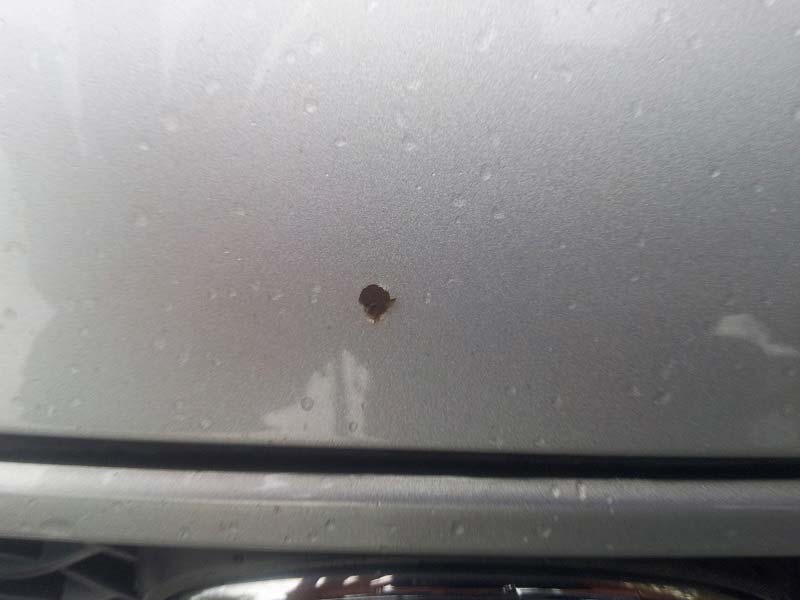

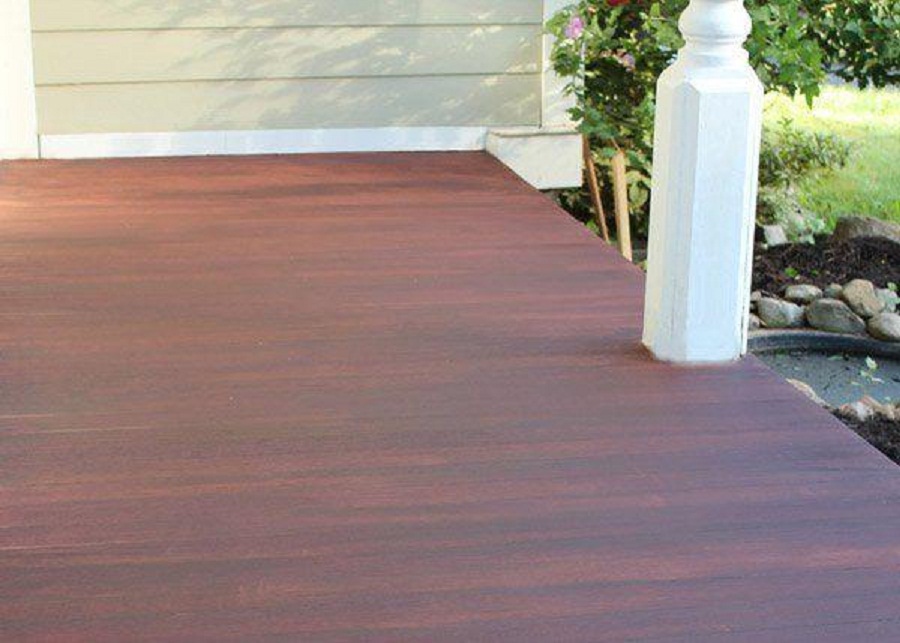









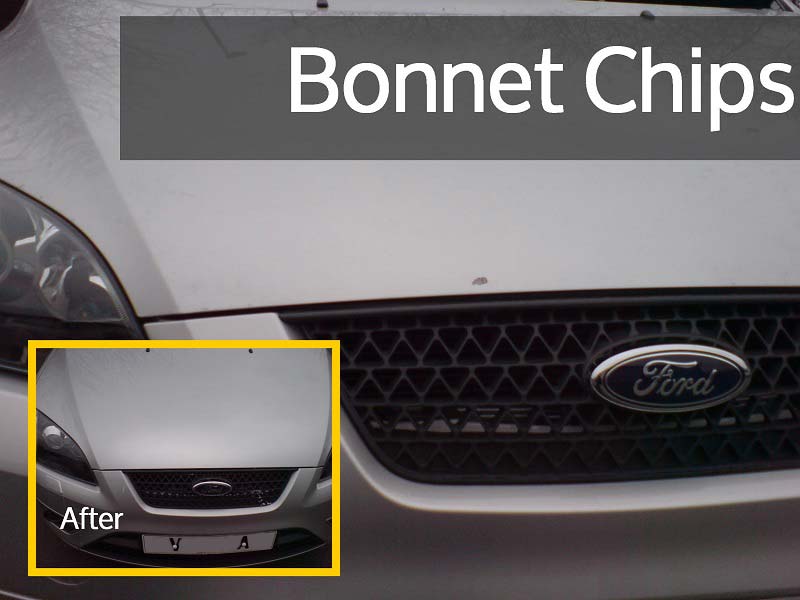
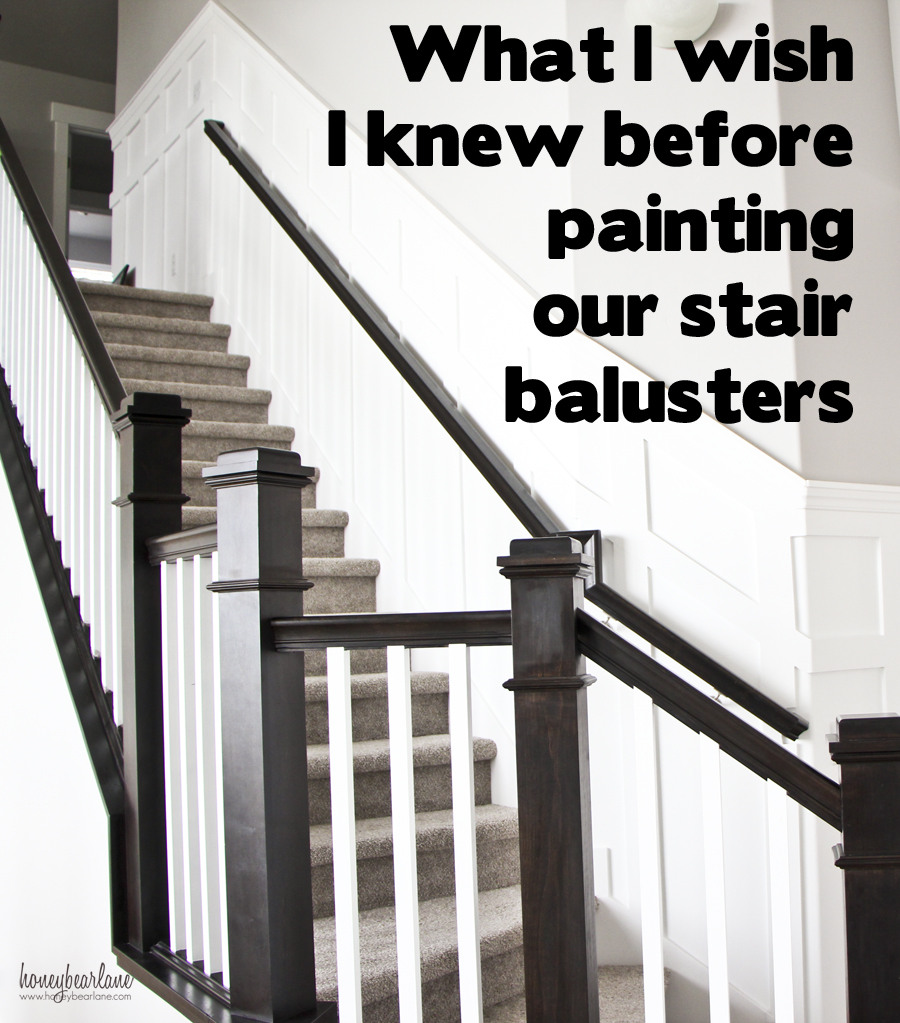


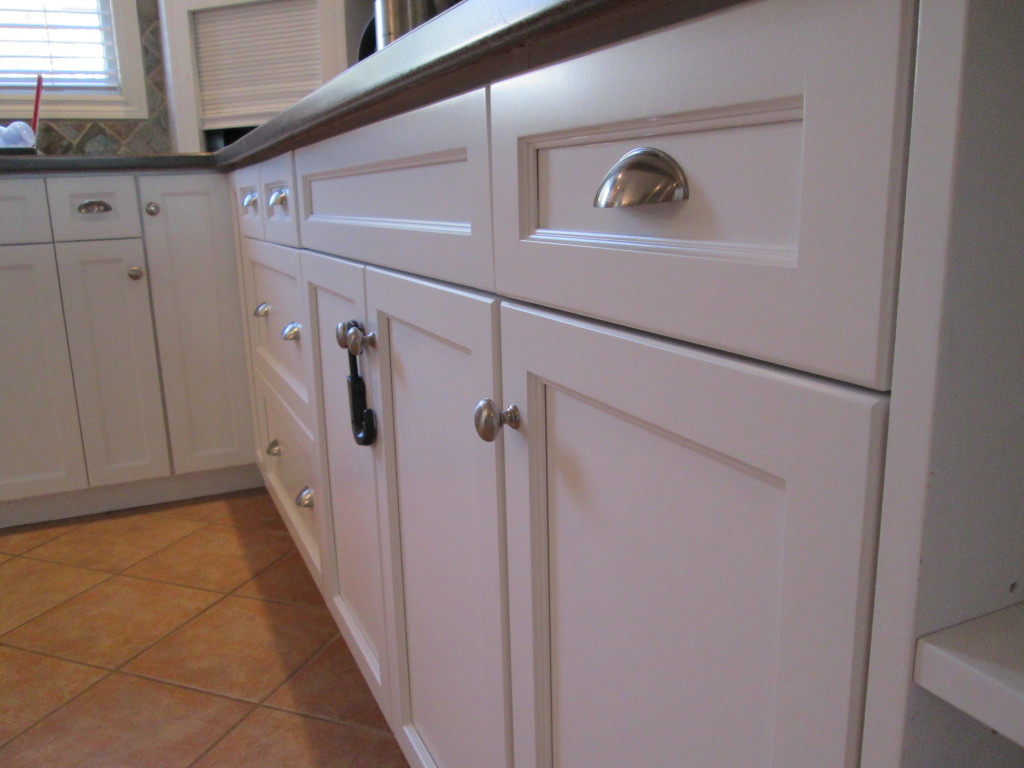

No comments:
Post a Comment
Note: Only a member of this blog may post a comment.